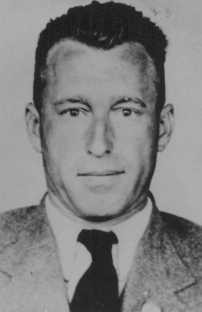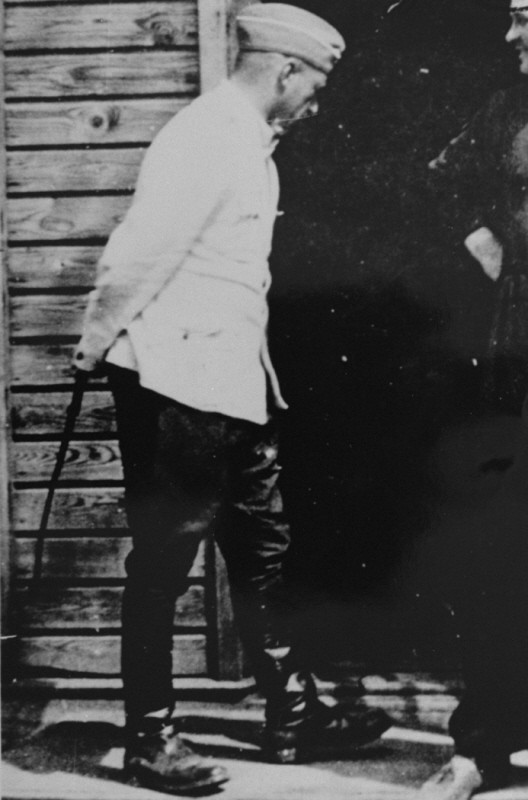
Evading Justice
Following postwar trials of Nazis, the search continued for perpetrators of the Holocaust. Only a small percentage of these criminals have been brought to justice. Among them was Franz Stangl, who had been commandant of the Sobibor and Treblinka killing centers.
“It is not the murderer in Stangl that terrifies us—it is the human being.” —Elie Wiesel
“If I had done nothing else in my life but get this evil man [Stangl], I would not have lived in vain.” —Simon Wiesenthal
Following postwar trials of Nazis, the search continued for perpetrators of the Holocaust. Only a small percentage of these criminals have been brought to justice. The search for and prosecution of Holocaust criminals raises complex moral questions, as well as tangled problems of international law and jurisdiction. As they reach the end of their lives, the vast majority of Nazi offenders have escaped punishment.
Franz Stangl was the commandant of the Sobibor and Treblinka killing centers, where over one million people were systematically murdered. Stangl's superiors commended him as the camp commandant who “made the largest contribution to the extermination program.” In 1967, Stangl was arrested while leaving the automotive plant where he worked. An informant sold Stangl's new home address to noted Nazi hunter Simon Wiesenthal. Stangl had been living with his wife and three daughters in Brazil since 1951 under his own name. He was extradited to West Germany and, after a long trial, sentenced to life in prison for the murder of 400,000 people.
Only six months after being sentenced, Franz Stangl died in prison of a heart attack.

Critical Thinking Questions
- Investigate Stangl’s life and background. What choices did he make as he rose to prominence and authority?
- What pressures and motivations may have affected Stangl’s choices?

